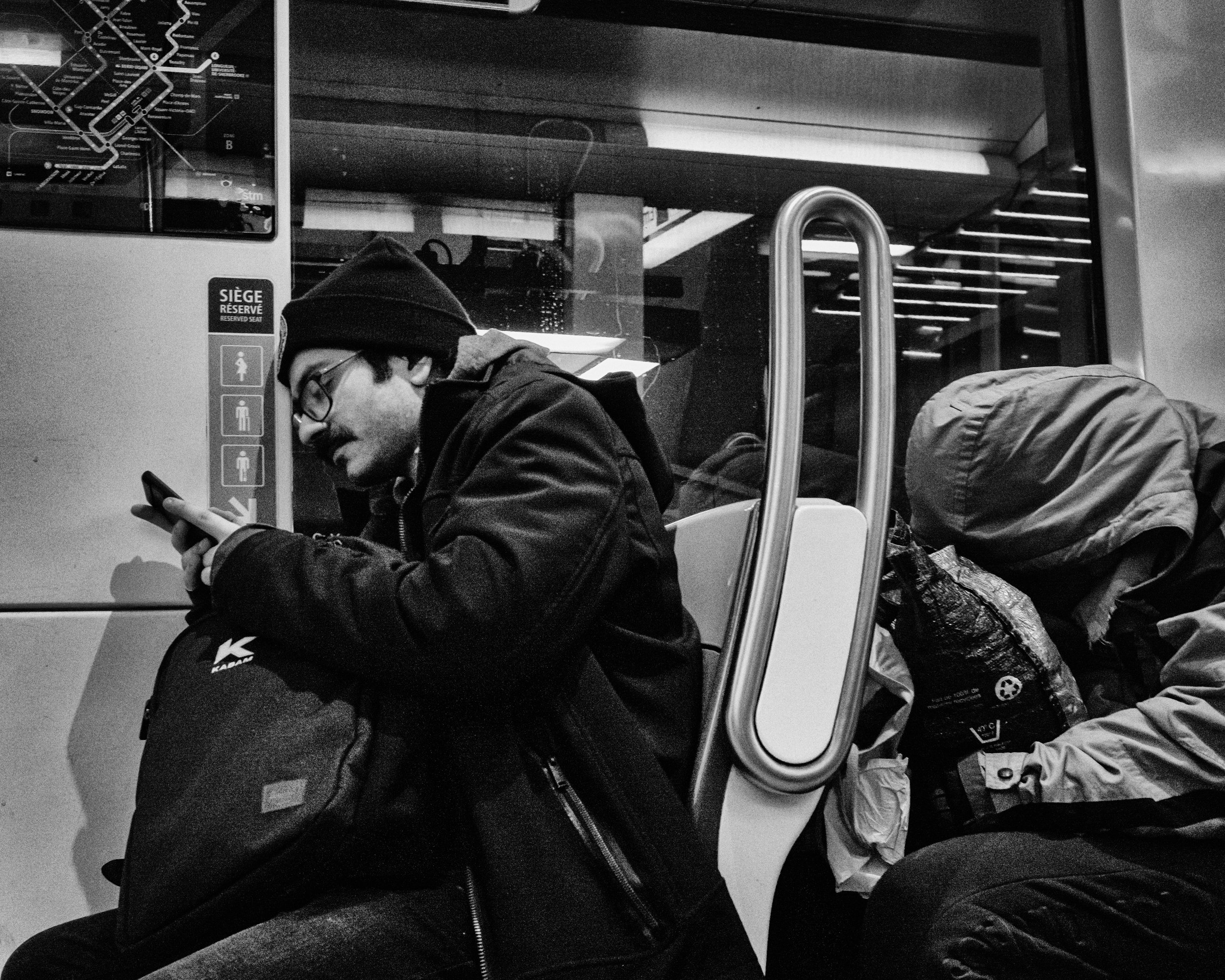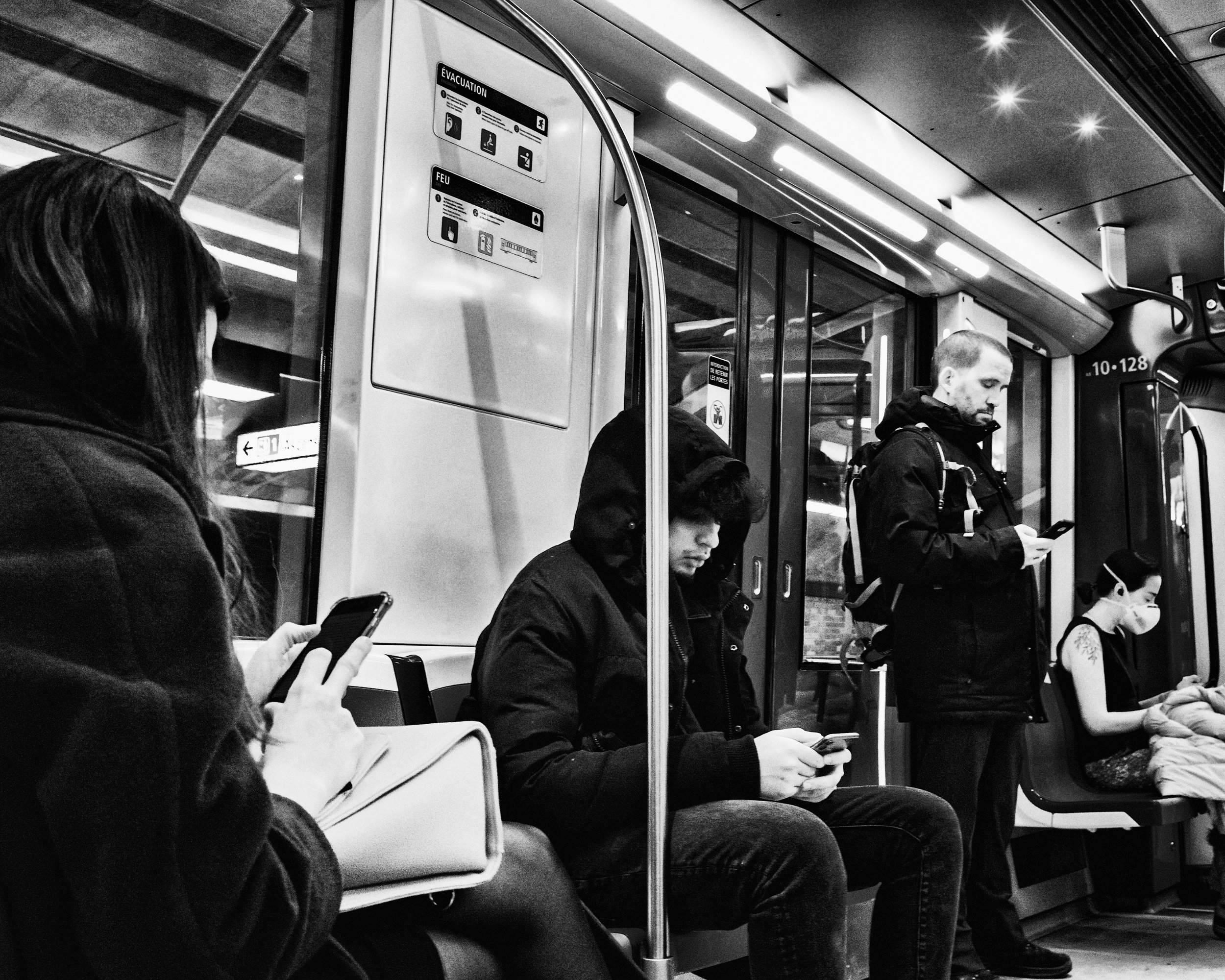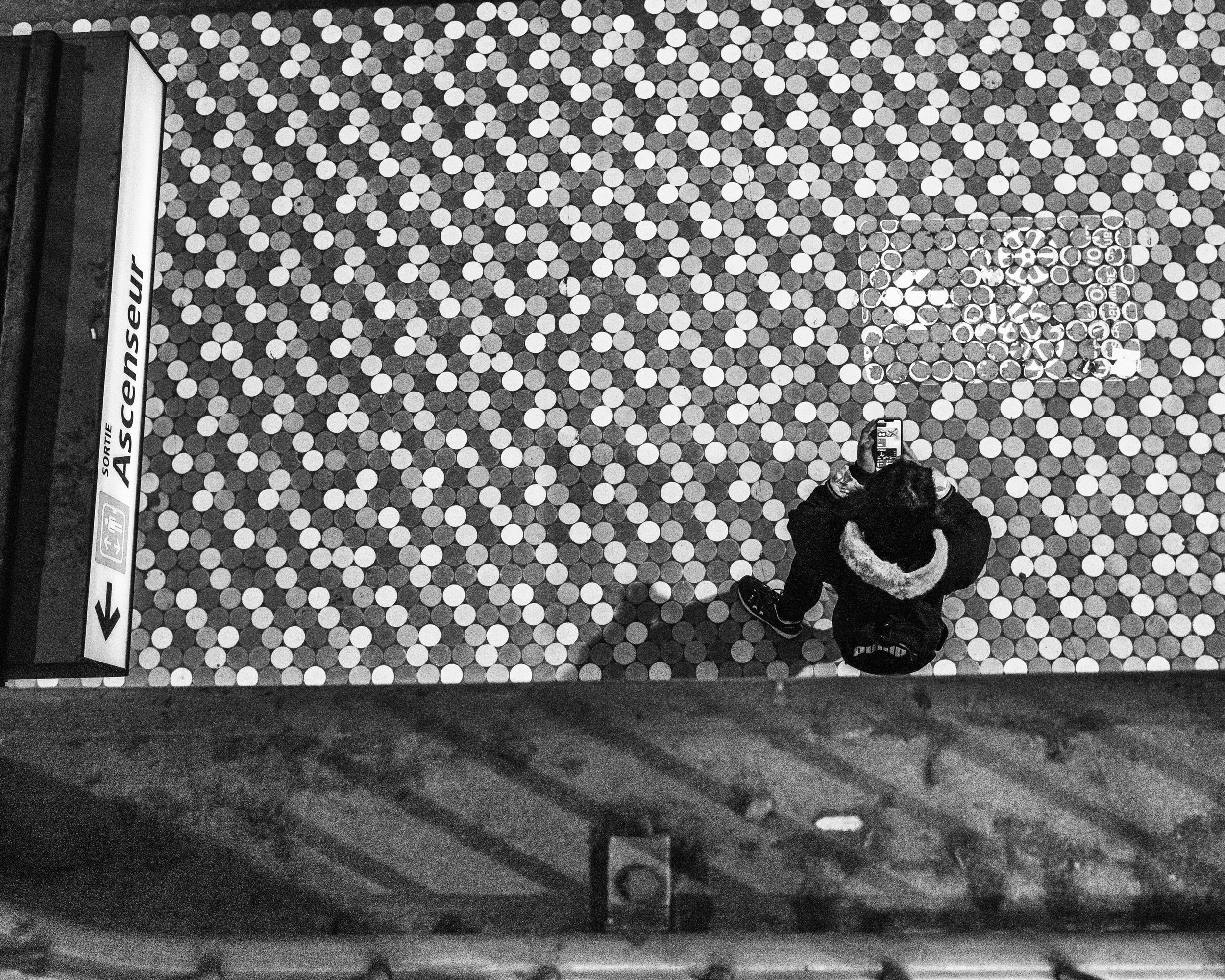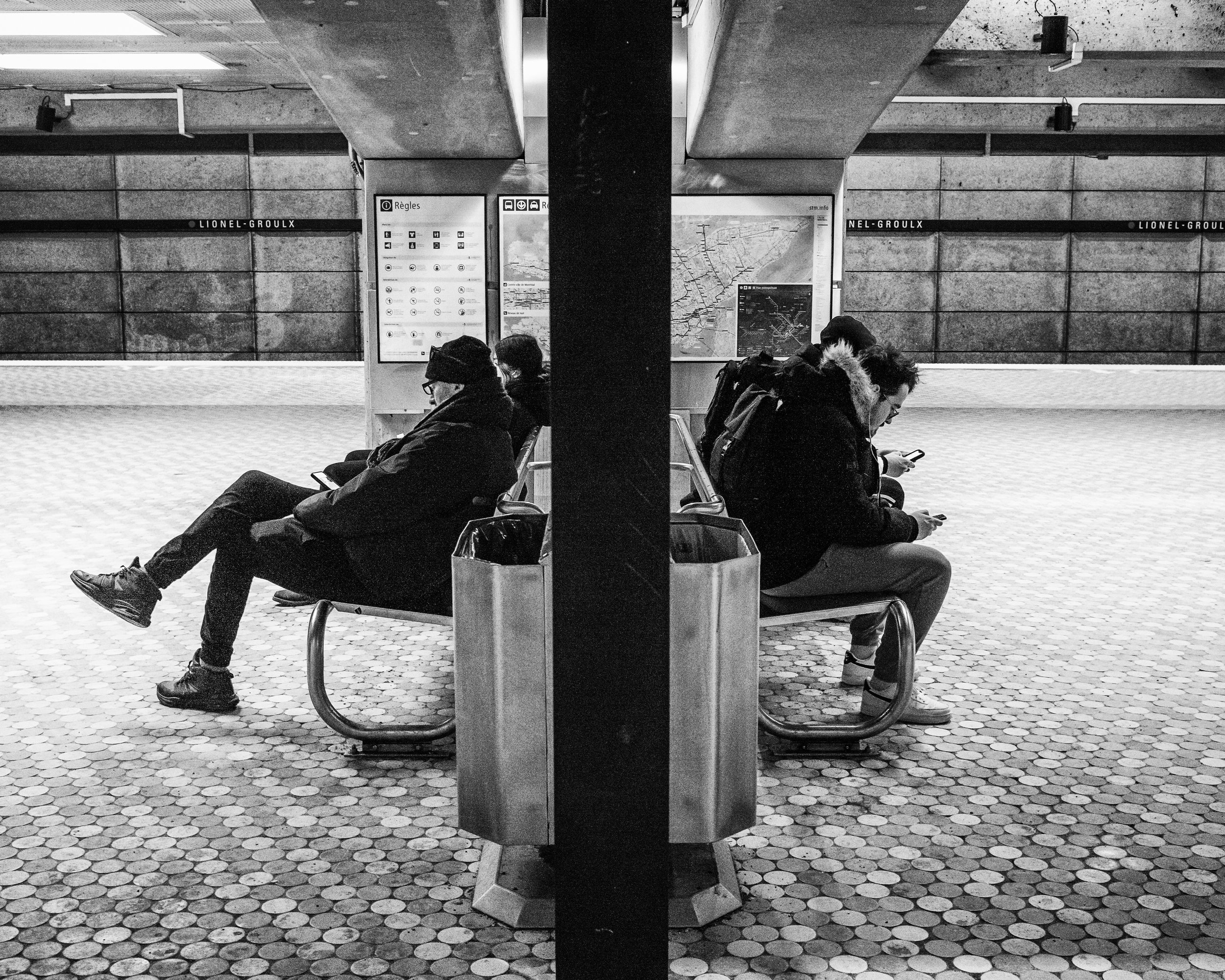I rarely shoot film anymore, maybe once or twice a year. Here I bought a roll of Kodak Color Plus, ISO 200, which I shot with my only analog camera, the Nikon FM, which has a 50mm f/1.4 Nikkor ai lens. No light meter; I had to use a different light metering app on my iPhone to measure the light. It felt overexposed, which I guess is a thing with colour negative film. I didn’t process and scan the film (Studio Argentine on Rachel Street did the job). They did the JPEG, which I didn’t touch afterward. Although I’m not really a fan of this film (too much yellow), I liked the results it gives with portraits.
I have a complex relationship with film. I appreciate its aesthetic appeal and strive to replicate it in my digital work. My favorite films from the past were those shot with TriX and Kodachrome 200, as they achieved the look I desire. However, using an analog camera can be both satisfying and frustrating. The tactile experience of clicking the shutter and cranking the camera is enjoyable. Nevertheless, the cost of film photography is a significant consideration. If I were richer, I would undoubtedly invest in a better camera and shoot more frequently. For now, I adhere to a once-a-year schedule. //
Je utilise rarement des pellicules, peut-être une ou deux fois par an. Ici, j'ai acheté un rouleau de Kodak Color Plus, ISO 200, que j'ai photographié avec mon seul appareil photo analogique, le Nikon FM, doté d'un objectif Nikkor ai 50 mm f/1.4. Pas de posemètre, j'ai dû utiliser une application posemètre sur mon iPhone pour mesurer la lumière. Le résultat semblait surexposé, ce qui, je suppose, est le problème avec les films négatifs couleur. Je n’ai pas developpé, ni numérisé le film (le Studio Argentine sur Rachel Street a fait le travail). Ils m'ont donné le JPEG, que je n'ai retouché par la suite. Même si je ne suis pas vraiment fan de ce film (trop de dominance jaune), j’ai aimé le résultat qu’il donne avec les portraits.
J'ai une relation ambiguë face au film. J'aime son apparence, et j'essaie de le reproduire sur mon travail numérique. Mes films préférés à l'époque étaient TriX et Kodachrome 200. C'est le look que je veux. Mais en fait, l'utilisation d'un appareil photo analogique est à la fois satisfaisante et frustrante. Satisfaisante pour le clic et le l’embrayage du film. C'est tactile. Le premier et le dernier problème est le coût. Si j'étais plus riche, il ne fait aucun doute que je le photographierais davantage avec un meilleur appareil photo analogue. Pour l'instant, je vais sortir mon Nikon une fois par année.








